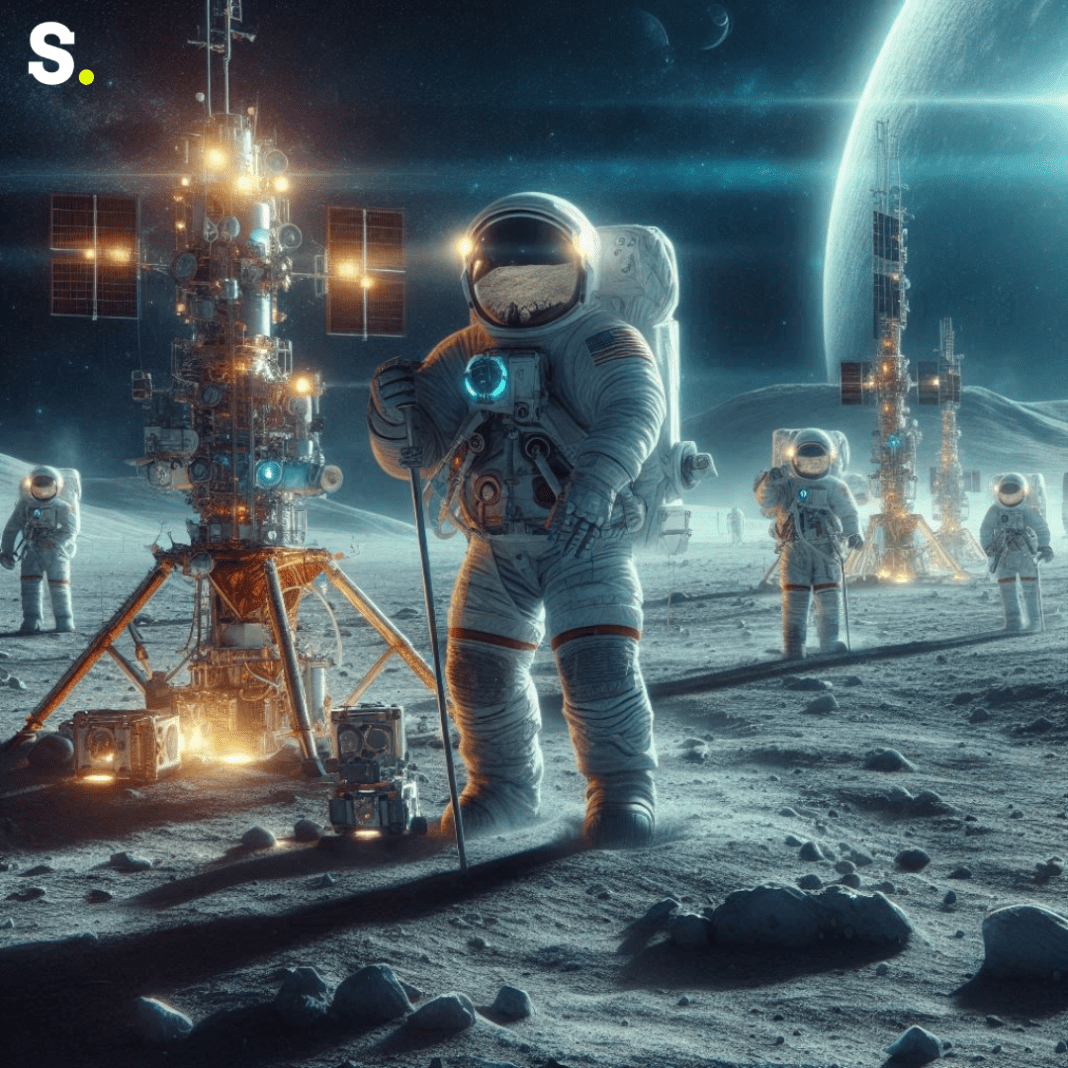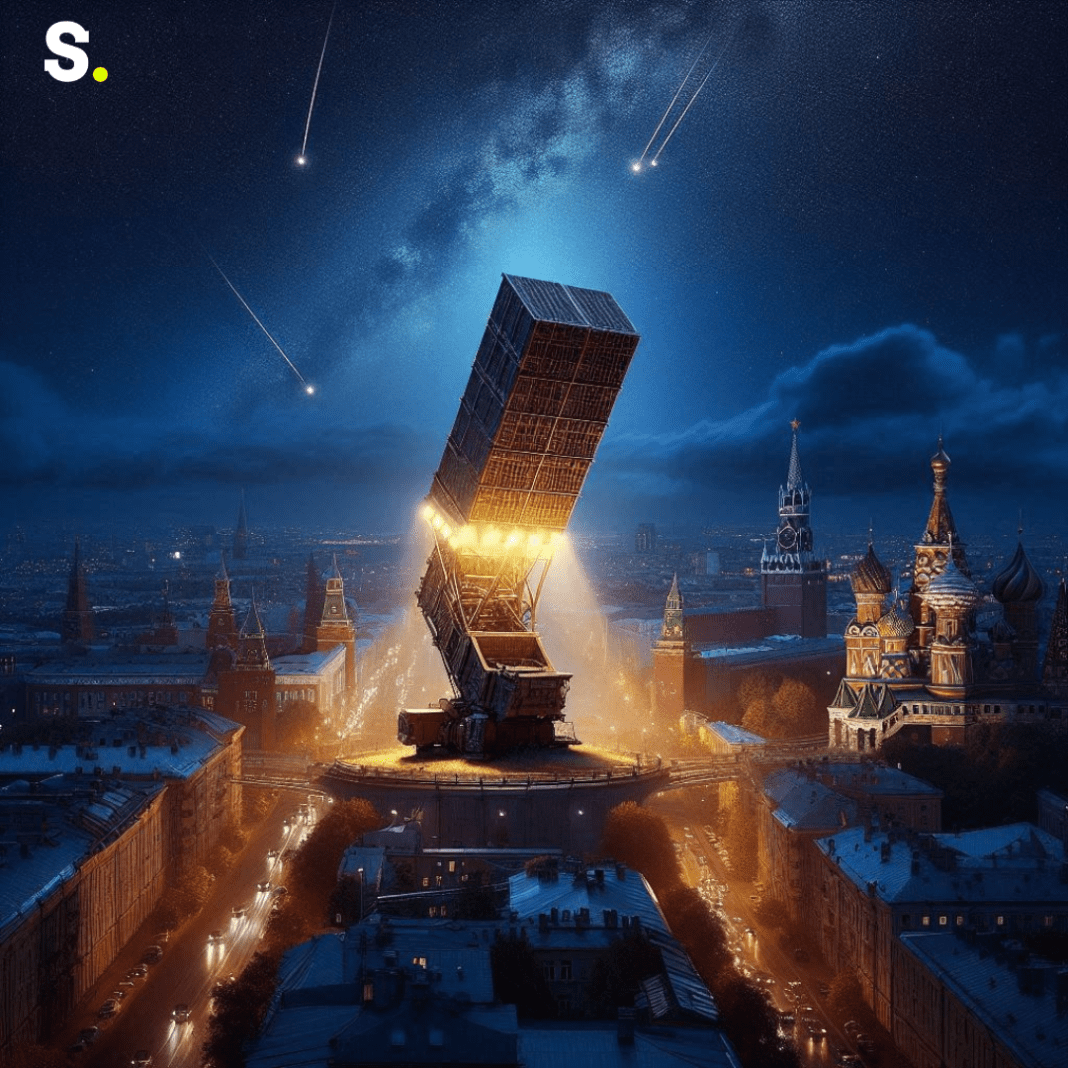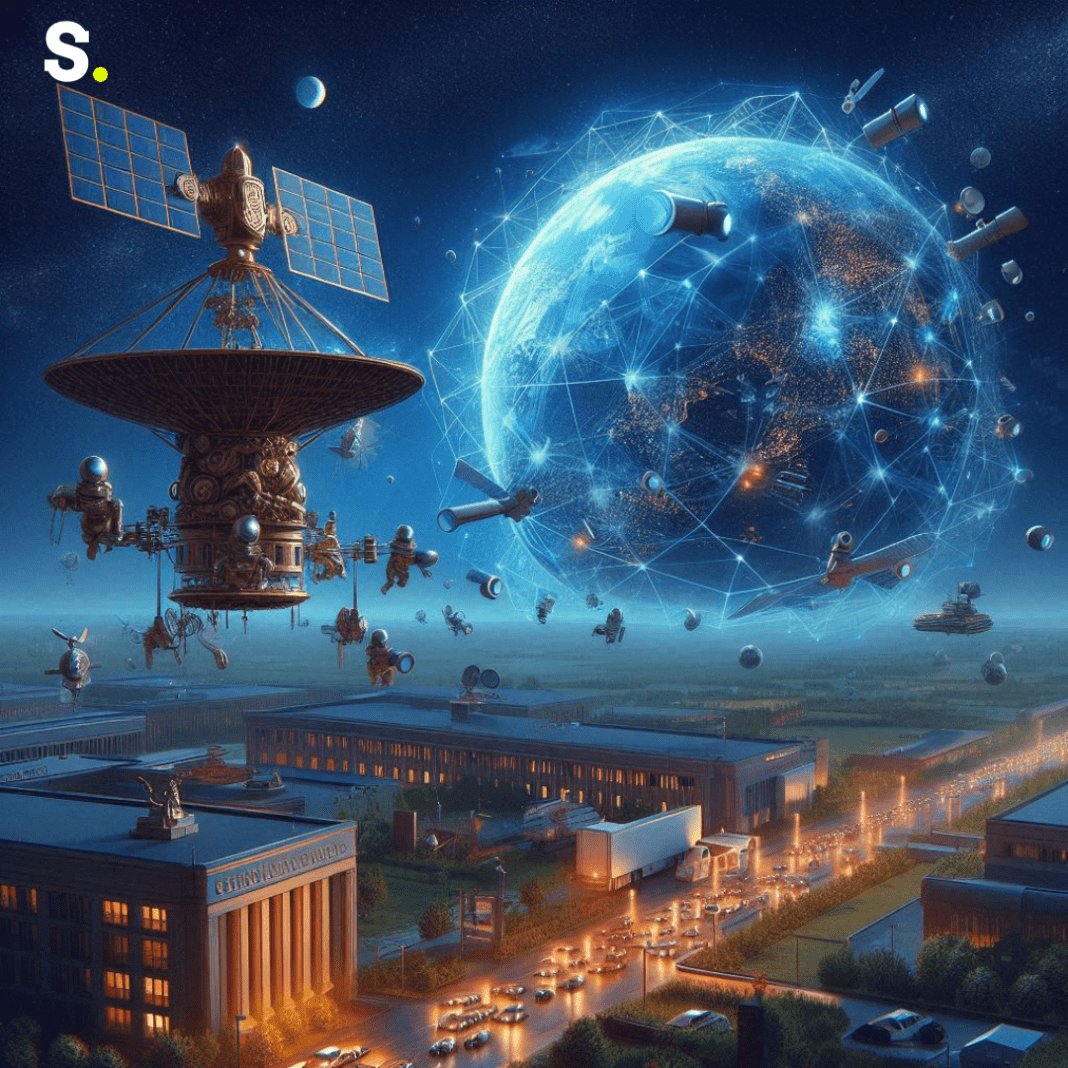New Era of Exploration: Artemis III’s Scientific Tools
NASA has chosen the first scientific tools for astronauts to use on the Moon during the Artemis III mission. These tools will be installed near the Moon’s South Pole and will help scientists learn about the lunar environment and the Moon’s interior. This information will be crucial for future missions to Mars and for making it possible for humans to stay on the Moon for long periods. The goal is to gather as much information as possible to ensure that future space explorations are safe and successful.
Pam Melroy, a top NASA official, highlighted that Artemis is starting a new era of exploration where humans and machines work together. She emphasized that the three instruments chosen will help begin important scientific studies that will support the goal of traveling from the Moon to Mars. The combination of human intuition and advanced technology is expected to yield groundbreaking discoveries.
Understanding the Moon’s Secrets
The Artemis III mission has three main scientific goals: understanding how planets like the Moon work, learning about the special icy substances near the lunar poles, and figuring out how to keep astronauts safe. These goals are essential for expanding our knowledge of the Moon and preparing for future space missions. The tools were chosen because they need to be set up by humans during moonwalks. These tools will be sent to the Moon in 2026, although the final plans for the mission are still being worked out.
One of the instruments, called the Lunar Environment Monitoring Station (LEMS), will keep an eye on the Moon’s ground movements. It will measure things like moonquakes to learn about the Moon’s crust and mantle. This data will help scientists understand how the Moon formed and evolved. By continuously monitoring the seismic activity, LEMS will provide a clearer picture of the Moon’s internal structure. LEMS is designed to work for up to two years and could be part of a future global network of lunar stations. Such a network would allow scientists to study the Moon’s geology in greater detail, enhancing our understanding of its history and development.
A different instrument called Lunar Effects on Agricultural Flora (LEAF) will investigate the effects of the Moon’s environment on plants. It will be the first experiment to see how plants grow and respond to the Moon’s radiation and gravity. The data from LEAF will help scientists learn if plants can be used for food and life support for humans living on the Moon and Mars. By examining plant photosynthesis, growth, and stress responses, LEAF will provide valuable insights into how to sustain life in space. For extended missions where it might not be possible to replenish from Earth, this information is essential.
The third instrument, the Lunar Dielectric Analyzer (LDA), will measure the Moon’s soil to see how it conducts electricity. This is important for finding ice on the Moon. Ice is considered a valuable resource because it can be converted into water, oxygen, and even fuel. LDA will look for changes in the soil caused by the Sun’s angle and search for frost or ice deposits. Understanding the distribution and state of lunar volatiles, like water ice, is crucial for planning future missions and establishing a sustainable presence on the Moon.
Pioneering Lunar Science: Artemis III
With the aid of these instruments, human explorers will have their first opportunity to perform ground-breaking lunar science since the Apollo missions. Joel Kearns from NASA’s Science Mission Directorate said these tools are the first steps toward carrying out high-priority scientific studies outlined in the Artemis III Science Definition Team report. This report has set the stage for the scientific goals of the Artemis missions, emphasizing the importance of human involvement in space exploration.
Artemis III will be the first mission in over 50 years to return astronauts to the Moon’s surface. The mission will focus on exploring the south polar region of the Moon, which is within six degrees of latitude from the South Pole. This area includes some of the oldest parts of the Moon, providing a unique opportunity to study materials that have never been examined before. The permanently shadowed regions in this area are especially intriguing because they may hold ancient ice and other volatiles that have been preserved for billions of years.
NASA’s Artemis campaign aims to land the first woman, the first person of color, and its first international partner astronaut on the Moon. Future trips to Mars and beyond will be made possible by this mission, which will create a permanent presence on the Moon. The success of Artemis III will mark a significant milestone in human space exploration, showcasing our ability to work and live on other celestial bodies. By pushing the boundaries of what is possible, NASA continues to inspire generations to look up at the stars and dream of new frontiers.




